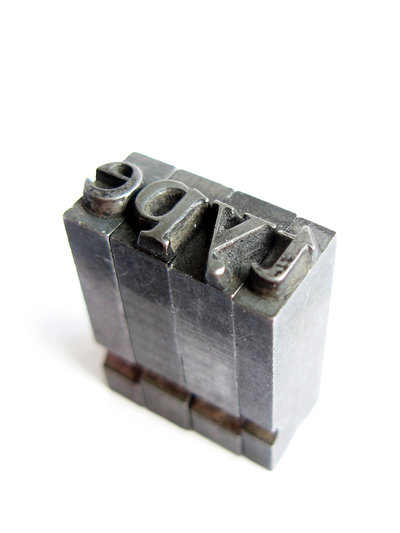Do you ever find yourself wondering how to achieve that perfect design you see in your mind? You can get it. You just need a design brief. If you are a designer or a client, the design brief will be the largest determining factor in deciding the success of a project.
This guide will help you understand the benefits of a design brief as well how to create an effective one.
What is a Design Brief?
A design brief provides your designer wth all of the information needed to reach or exceed your expectations. It should focus on the results and outcomes of the design you would like to achieve. Business objectives and goals are important to make sure your designer knows what to strive for. A design brief however shouldn’t deal with aesthetics. That is the role of the designer.
How To Write an Effective Brief?
Jacob Cass, writer for Just Creative, has a list of great questions that will help you make a great brief. If you can answer the questions I’ve compiled here, you will be 90% done. Don’t try to think of one sentence answers, but think of the questions as jumping off points.
What does your business do? Your designer will not necessarily know anything about your business. Avoid jargon, and address what your company does, as well as its history.
What are your goals? Why are you hoping to achieve those goals? The designer needs to know what you are trying to communicate, as well as your motive to decide how the design should address these issues. Let them know what makes you different from competitors. A good idea is to also provide old promotional materials to give them an idea of your promotion history.
You designer should also be given knowledge of your target audience. What is your target markets demographic? Which audiences are more important than others?
What is your budget? Knowing this will help designers reach benchmarks without wasting time or resources, as well as helping inform what size and specifications you desire.
Conclusion
Give the designer as much information as you can to help inform them. You won’t get what you want, unless you inform them.




